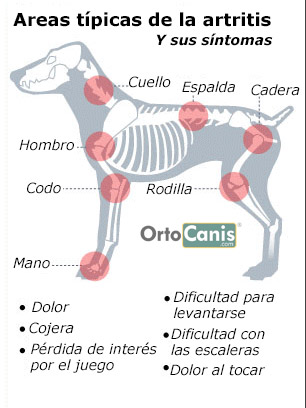How do I know if my dog is in pain?






These changes can manifest themselves in the form of general behavioral alterations ranging from depression/apathy of the animal, through loss of appetite and abnormal panting, to situations of social avoidance or even aggressiveness, especially when the pain becomes more intense when touching the area causing said pain.


Those abnormal postures that the dog adopts to avoid feeling pain or to decrease its intensity are called analgesic postures. An example of these is the slouching that can be observed in the face of abdominal pain. With this posture the animal seeks to reduce the tension exerted by the walls of the abdomen on the organs of the cavity, which is where the pain has its origin.
Sometimes realizing the problem is not so simple, because the tolerance that the specific dog has to pain varies from one animal to another. Also, as with people, pain is difficult to quantify objectively. Even the situation occurs that pain can confuse us about the origin of it, because pain is a nervous mechanism that can originate from a localized physical injury, but it can also originate in the nervous system without having an apparent injury in the painful area. An example of this situation is the pain that is observed in a pinching in the spine: the pain does not manifest itself more intensely in the place where the injury is, but refers to the areas that are innervated by the affected nerves.
What is really important is to realize as soon as possible the existence of pain, both to treat the problem that originates it as soon as possible and to take measures to reduce its intensity. Since pain, although a physiological response to protect the body from the complication of injuries, has been shown to delay recovery from injury. It is for this reason that treatments against pain are used even before it appears in surgical interventions. In this way it has been possible to shorten the recovery time of the dog, in addition to significantly improving its well-being.
In addition, it has been seen that if the pain is not treated it can become chronic and require lifelong medication, since the nerves are “sensitized”, even when the cause of that pain has already been resolved.
www.Ortocanis.com Veterinary Team
Recent Posts
What side effects do anti-inflammatories have in dogs?
Anti-inflammatory drugs, called NSAIDs (nonsteroidal anti-inflammatory drugs), are the most commonly prescribed pain reliever in…
Exercises to strengthen the dog’s hind legs
Improving the muscles of the hind limbs in dogs is an interesting option both in…
What to do with a dog that has back problems
Dogs can have health problems related to their limbs. But they can also have back…
Total or partial rupture of cruciate ligament in dogs
One of the most frequent injuries that dogs usually suffer is the rupture of one…
Solutions to hip dysplasia in dogs
Hip dysplasia in dogs is one of their most common inherited bone diseases. It is…
How to treat patellar luxation in dogs?
There is talk of patellar dislocation in dogs, when the patella, a small bone located…